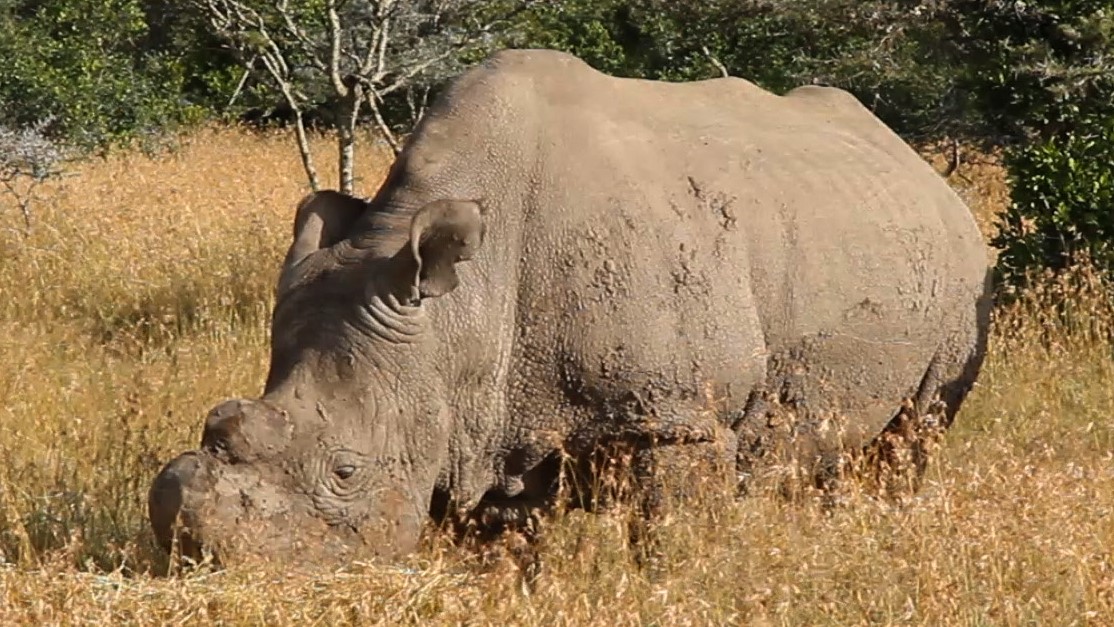When Sudan, the last known male northern white rhino died in March 2018, the subspecies was declared effectively extinct, the two remaining northern whites being female.
However, in a startling turn of events, the international scientific consortium Leibniz Institute for Zoo and Wildlife Research (Leibniz-IZW) announced last Wednesday that it had successfully created viable embryos from eggs taken from Fatu, one of the two females. Fatu and her mother Najin live on Ol Pejeta Conservancy in Kenya.
I say startling, but for anyone versed in the ambition of BioRescue (the consortium’s project for the rescue of the northern white rhino), it’s a reasonably well-known step in a journey that began last June with the project’s launch, and much earlier as part of wider initiative that seeks to provide both precautionary and immediate measures for the preservation of biodiversity.
Over the course of the year, viability tests for BioRescue have seen the successful transfer of southern white embryos into the uteruses of southern white rhinos. This achieved, ten eggs collected in August from both Fatu and Najin were incubated at Avantea Laboratories, in Cermona, Italy. The seven that made it to maturity were subsequently injected via Intra Cytoplasm Sperm Injection, using sperm taken from two dead bulls, Suni and Saut. Of these, two were successfully developed as viable embryos.
There is, as everyone says, a long way to go. The embryos are currently cryopreserved, and await the selection of their surrogate southern white mothers, both Fatu and Najin being unable to carry the embryos to full term. More, the lack of diversity in the available gene pool means the chances of a sub-species bounce back are greatly reduced, whatever the success of the procedure.
However, however… It’s a giant step. We’re a million miles on from the day Sudan was put down after a long illness. As a result of a procedure that five years ago was more science fiction than actual science, we may have a new generation of a species that was to all intents and purposes extinct. Indeed, as the same project’s cell research takes off, so we may – all ethical risks responsibly analysed – be able to develop eggs from scratch, and so leapfrog the sub-specie’s lack of genetic diversity. Watch this startling space.
